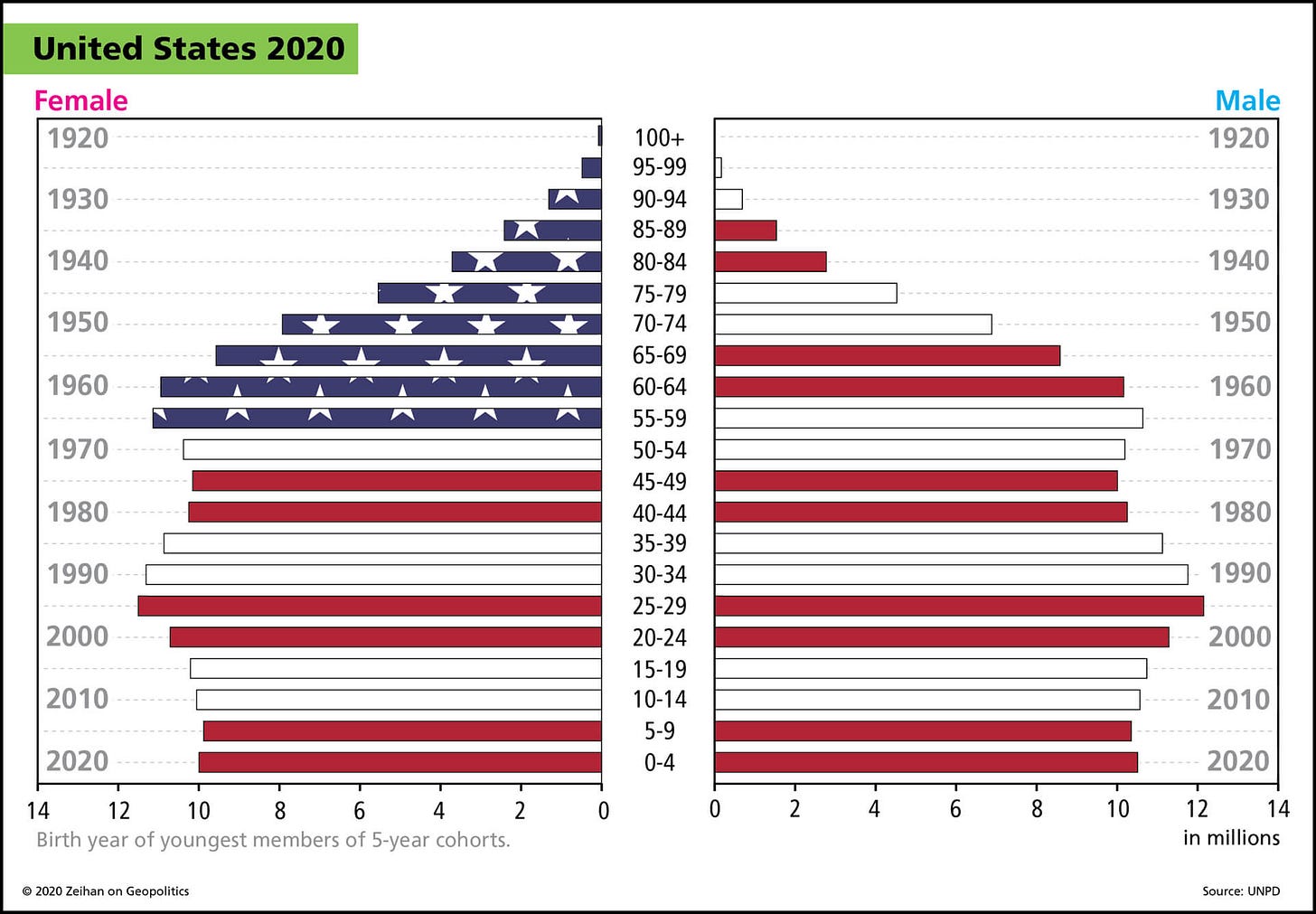ISO New England (ISO-NE), the keeper of electricity markets in New England, has been running an ancillary market initiative called the Inventoried Energy Program. This program exists because in the winter, New England needs six billion cubic feet per day of natural gas but has the pipeline capacity for…five. In the Before Times, that shortfall would get covered by liquified natural gas (LNG) imports, but since the Russo-Ukraine War, that LNG has mysteriously vanished.1 So, to fill the gap, ISO-NE has offered a little pot of cash to generators that commit to keep some fuel stored on-site—just in case.
ISO-NE swears up and down that this program is temporary, while they figure out a permanent solution.
They have not proposed a permanent solution—they have bigger problems.
You see, ISO-NE has delayed their 19th Forward Capacity Auction (which ensures that New England has enough electric generation) until February 2028. These auctions are supposed to run annually, but this one has been delayed by three years so that ISO-NE can rearchitect their capacity market. It needs to account for this new world where winter electric demand (from heat pumps and EVs) abounds, but winter natural gas supply (for powering electric generators) …does not. The New England grid is at its most fragile in almost two decades, and the current market design can’t keep up.
But ISO-NE has a plan—they’ve got a scope for their new “prompt and seasonal” capacity market, and a timetable for filing it with the federal government. They’ll file it in two pieces—the first by the end of 2025, the second by…the end of 2026. They’ll run the next Forward Capacity Auction in February 2028 if nothing goes wrong.
They can’t fast-track these market reforms—they have bigger problems.
You see, ISO-NE’s 2024 budget has room for 33 full-time staff in Market Development…but they have 25. They’re starting 2025 with 50 open positions across the company and $3.5 million in unspent salaries.2
I’ve worked on a team that was understaffed by a quarter. It gets unpleasant.
From what I’ve heard, ISO-NE offers some sweet gigs—hybrid schedule, cool work, a nice office. If you have a few years of experience, they’ll pay you $90-110k in the Pioneer Valley, where six figures really gets you somewhere.
And they still can’t hire people.
In fact, they’re having so much trouble hiring people that they’re struggling to adapt to the geopolitical battle royale that is energy in the 2020s. Talent is oxygen for an organization, and ISO-NE is gasping for air. We all are. Every company, every industry, across the country.
I’m going to steal a chart from Peter Zeihan to explain. This is a 2020 population pyramid for the United States:

Note how the chart has a bulge, then a dip, then a second bulge, then a second dip. That’s the Baby Boomers, Gen X, the Millennials, and Gen Z, respectively. You probably know that the Baby Boomers are retiring at scale, but the kicker is Gen Z. There are fewer people my age3 and younger entering the workforce than there are Baby Boomers leaving the workforce.
The glut of Millennials that companies could pull in the aftermath of the Great Recession are tapped out. The labor crunch you’re feeling is only going to get worse, and for analyst staff, generative AI will improve productivity by 10-15%, tops.
If you’re an electric utility, you need analysts to sort out your power supply, your REC portfolio, your grant funding, your load forecasting, and your AMI-SCADA-DERMS-GIS data integration. Otherwise, you’ll get punched in the nose once Kharg Island gets bombed or Gazprom shuts its pipes or Trump slaps new tariffs on transformers or DOE revs up another money machine. There aren’t enough bodies to fill your seats.
You have three options:
Escalate in the compensation arms race to poach staff from other utilities, consultant shops, and energy producers.
Start sponsoring H-1Bs at scale—during a Trump presidency.
Get to the new Gen Z staff before your competitors.
Option 1 will tax your budget. Option 2 will tax your hairline. Option 3…still has room to maneuver.
In this post, we talk entry-level staff:
This post and the information presented are intended for informational purposes only. The views expressed herein are the author’s alone and do not reflect those of their current or previous employers or any elected officials. The author makes no recommendations toward any electric utility, regulatory body, or other organization. While certain information contained herein has been obtained from sources believed to be reliable, the author has not independently verified this information, and its accuracy and completeness cannot be guaranteed. Accordingly, no representation or warranty, express or implied, is made as to, and no reliance should be placed on, the fairness, accuracy, timeliness or completeness of this information. The author assumes no liability for this information and no obligation to update the information or analysis contained herein in the future.
…because Germany outbids us by a factor of five.
They’re starting to dig out of this hole. They’re spending some of this excess to hire 2025-approved employees a couple months earlier.
I’m in my 20s.




